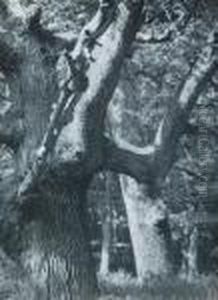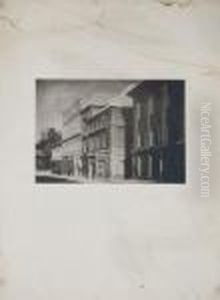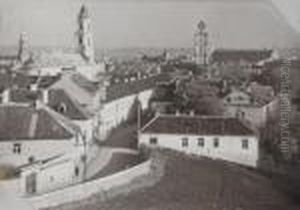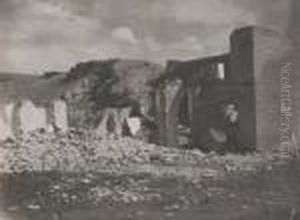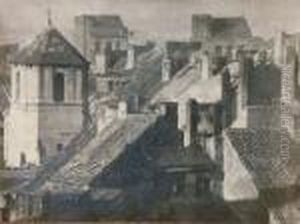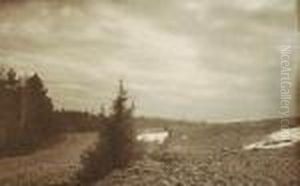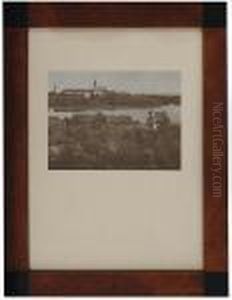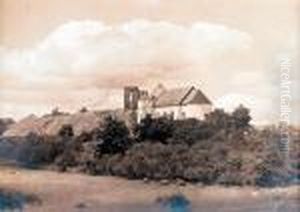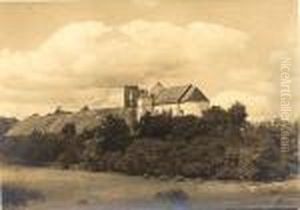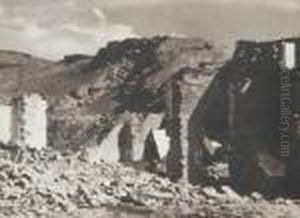Jan Bulhak Paintings
Jan Bulhak was a pioneer in Polish art photography, best known for his atmospheric photographs of historical architecture and landscapes. Born on October 6, 1876, in Ostaszyn, then part of the Russian Empire, Bulhak grew up during a period of intense national awakening in Poland, which was then partitioned between Russia, Austria, and Prussia.
Educated initially in Vilnius and later in St. Petersburg, Bulhak was influenced by the Pictorialist movement, which emphasized the artistic aspects of photography. After completing his studies, he returned to Vilnius, which became a significant center for his creative work. He became deeply involved in the cultural life of the city and was a leading figure in the Vilnius Photoclub.
Bulhak's photography is characterized by its romantic and nostalgic quality, often focusing on the beauty of the Polish landscape and the historical heritage of Poland and Lithuania. He was adept at using soft focus, special printing techniques, and manipulation of negatives to achieve painterly effects in his photographs.
Throughout his career, Bulhak promoted photography as an art form. He published numerous articles and books on the subject, including 'The Art of Photographic Composition' and 'Homeland in Art Photography', which both reflected his artistic philosophy and provided practical advice to fellow photographers.
Jan Bulhak's legacy extends beyond his photographic works. He taught at the Higher School of Art in Vilnius and influenced a generation of photographers. His patriotic works also played a role in preserving Polish cultural identity during times of foreign occupation.
During World War II, Bulhak suffered great personal loss. His home and vast collection of negatives were destroyed during the German occupation. Despite the devastation, he continued to work and tried to rebuild his archive. Jan Bulhak died on February 4, 1950, in Poland, leaving behind a body of work that continues to be celebrated for its artistic and national significance.
